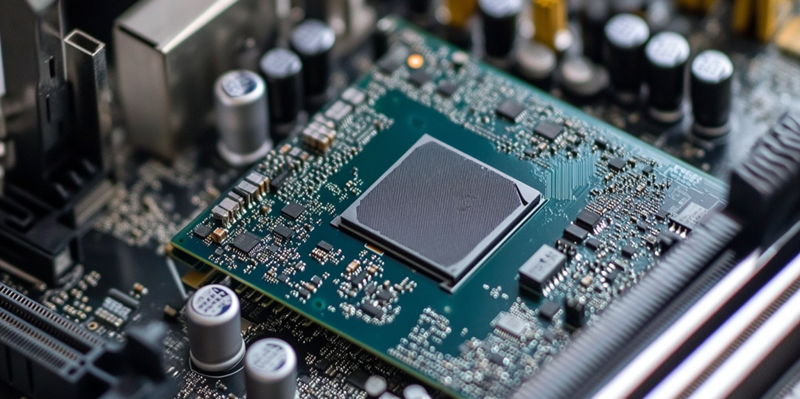Cryorig has unveiled its most advanced and largest CPU cooler to date, named Monster XX, designed explicitly for high-end cooling needs, particularly for enthusiasts and overclockers. The announcement highlights its significant features, showcasing its potential to redefine the standards of thermal performance in the market.
Core Features and Specifications
The Monster XX features a dual-tower form factor with two heatsink blocks and a dual-fan setup. Measuring 120 x 130mm and standing 159mm tall, its design includes dense yet well-ventilated heatsinks optimized for maximum airflow. Equipped with ten copper heat pipes embedded into each block, the Monster XX sustains a cooling capacity of up to 300 watts. These heat pipes ensure efficient heat transfer from the CPU to the heatsinks, crucial for maintaining optimal performance during demanding tasks.
The cooler incorporates two 120mm ARGB fans configured in a pull-push arrangement for superior thermal performance. These fans can operate between 800 to 1800 RPM, generating up to 58.47 CFM of airflow and an air pressure of 1.35mm ##O. This setup not only maximizes cooling efficiency but also supports precise control over noise levels. The Monster XX is designed for compatibility with a wide range of CPU platforms, including the latest LGA 1851, LGA 1700, AM5, as well as older AM4 and LGA 1200/115x motherboards.
Sporting a completely black design with brushed aluminum top covers, the cooler also features RGB lighting. The RGB illumination can be customized via 3-pin ARGB connectors compatible with motherboard headers, allowing for a personalized look that can match any build aesthetic.
Performance and Use Case
The Monster XX is targeted toward enthusiast overclockers, providing the thermal capability to cool high-end CPUs such as Intel’s Core i9 14900K, Core Ultra 9 285K, and AMD’s Ryzen 9 9950X. Its fans are PWM-controlled, allowing users to fine-tune performance via BIOS or fan control software. This ensures both efficient cooling and effective noise management, meeting the needs of users who demand both performance and quiet operation.
Market Position and Availability
Compared to Cryorig’s previous largest air cooler, the TE10, the Monster XX offers enhanced cooling with fewer heatsink units but upgraded fans for higher air pressure, thereby maintaining optimal thermal performance. While Cryorig has yet to disclose the official price and precise availability date for the Monster XX, it is expected to be launched in conjunction with Intel’s Arrow Lake Core Ultra 200S processors.
Summary
Cryorig has introduced its most advanced and largest CPU cooler ever, named Monster XX. This state-of-the-art cooler is specifically designed for high-end cooling demands, making it an ideal choice for enthusiasts and overclockers who push their systems to the limit. The Monster XX stands out with its remarkable features, setting new benchmarks for thermal performance in the market. Enhanced cooling efficiency is ensured through its advanced heat dissipation technology, which effectively keeps CPU temperatures in check even under heavy loads.
The design of the Monster XX includes multiple heat pipes and a high-density aluminum fin array, which are crucial in maintaining optimal airflow and cooling efficiency. Furthermore, the cooler is equipped with a robust, high-speed fan capable of moving massive amounts of air, ensuring that even the most demanding processors remain cool.
Installation is user-friendly, with a secure mounting system compatible with a wide range of CPU sockets. Cryorig has also focused on aesthetics, offering a sleek, modern design that complements any high-end gaming or professional setup. Overall, the Monster XX is set to redefine cooling standards, providing unparalleled performance for those who demand the best.

